The article describes the causes of skin flaking in the child's arms and legs, lists the diseases for which this symptom is characteristic, offers a number of recommendations for the care of dry, flaky skin.
Contents of
- Skin peeling in the newborn between fingers
- Signs and symptoms of what kind of disease when the skin is skimmed?
- Baby's skin - rough skin, skin rashes in children
- Scabs on the body of the child
- The baby's body - white spots, red spots, skin rashes
- Baby legs - the child has a skin on his leg, what to do?
- Skin on fingers of the child - preparations, medicine
- Scaly legs, toes, arms - advice and feedback
- Video: How to get rid of skin problems with allergic dermatitis?- Dr. Komarovsky
- Video: Dermatitis in a child - Dr. Komarovsky's school
- Video: Fungal infections - Dr. Komarovsky's school
The thickness of the baby's skin is smaller than that of an adult. In addition, children are more active and more susceptible and vulnerable to external stimuli. Often the epidermis becomes a reflection of the result of these influences, as well as the internal processes taking place in the body.
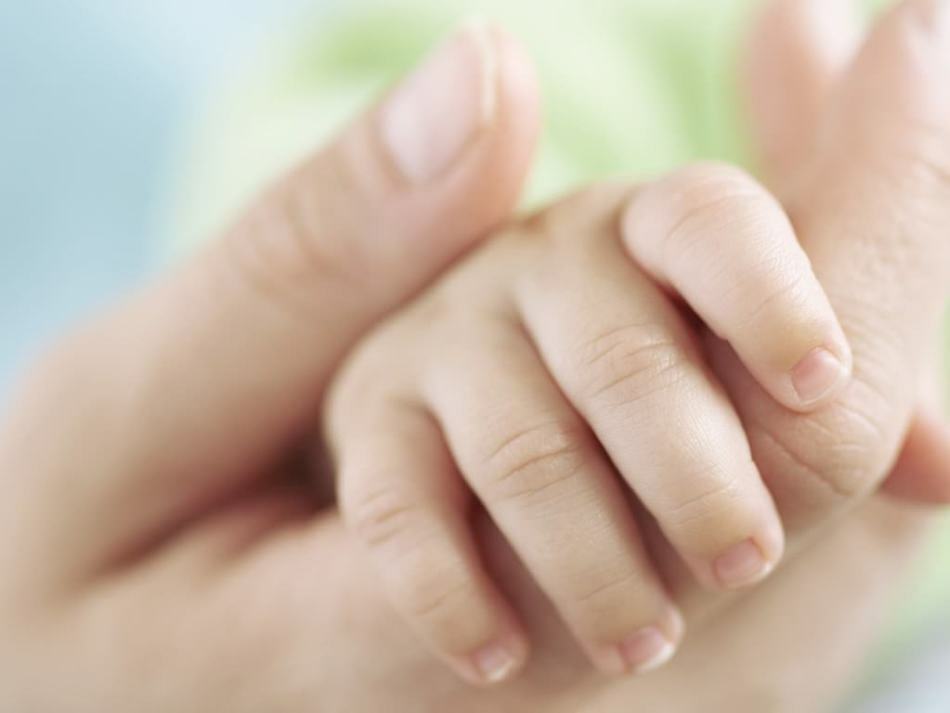
Rashes, redness, flaking and other forms of horny skin reaction can be a cause for concern for many parents. Visible changes on the skin of a child can be both symptoms of various diseases, as well as a signal of a lack of vitamins, an allergic reaction, a feature of the skin of a particular child, etc.
Let us dwell in more detail on such a fairly common phenomenon as dryness, roughness and peeling of the skin on the arms and legs of the child.
Skin peeling off the newborn between the fingers
Normally, the skin of a healthy person is distinguished by its integrity, uniformity, lack of rough or spotted spots, pimples, pustules, etc. However, the baby, just born, is an exception. The newborn child for the first time undergoes a period of adaptation to new conditions: temperature regime, humidity level, etc. Therefore, the presence of dry areas and excessive skin peeling is quite natural and temporary.
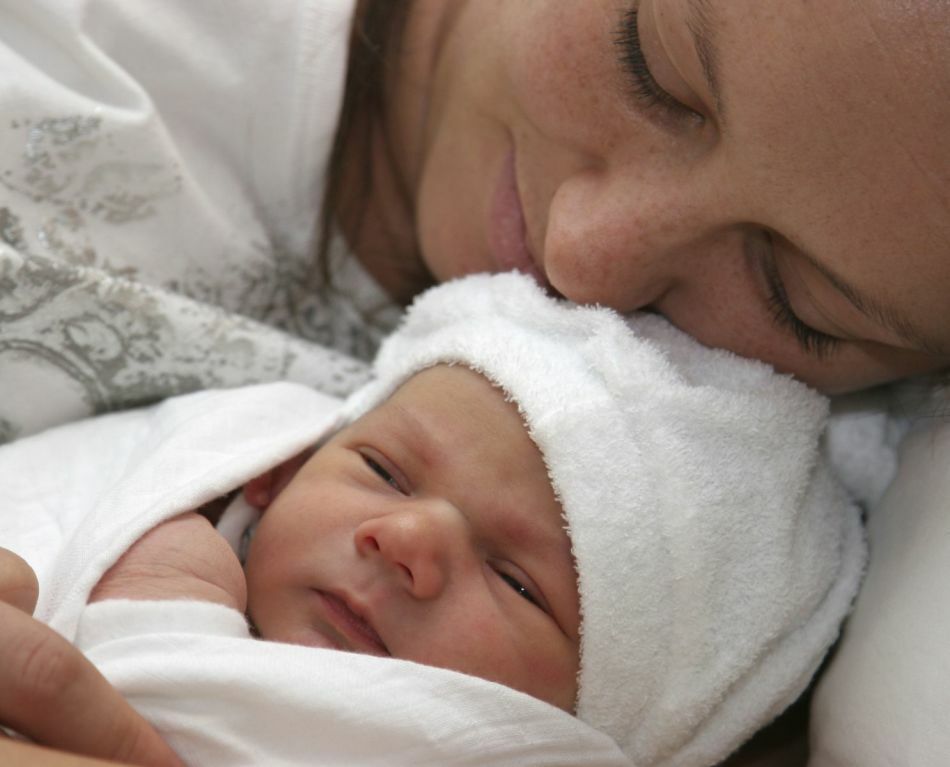 You can see erythema in a child within a few days after birth. Most often this is a problem for children who are born. In addition to abundant peeling, usually found between the fingers, behind the ears or on the limb bend, you can see redness, as well as toxic erythema in the form of yellowish-white pimples. In a few weeks everything passes by itself and does not require special measures.
You can see erythema in a child within a few days after birth. Most often this is a problem for children who are born. In addition to abundant peeling, usually found between the fingers, behind the ears or on the limb bend, you can see redness, as well as toxic erythema in the form of yellowish-white pimples. In a few weeks everything passes by itself and does not require special measures.
If, after a month, the skin is still all over, or if there are new symptoms, it will be superfluous to seek medical advice.
What are the signs and symptoms of which disease when skin is affected?
Enhanced renewal of epidermal cells, externally manifested in the form of peeling, is a symptom of a huge number of diseases. A sample list of the most common of them:
• Avitaminosis
Characteristic for the winter and spring period, when due to natural causes in the child's body there may be a deficit of nutrients. As a manifestation, the child will have skin on the fingers
• Allergic manifestations of
Skin peeling may be a sign of atopic and contact dermatitis, chronic eczema and other allergic reactions
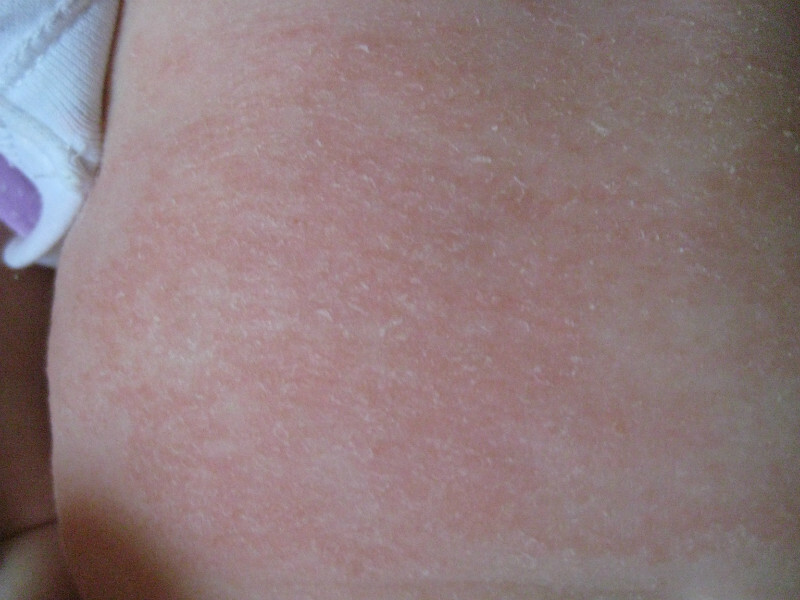
• GI disorders
Pancreas problems, bowel dysfunction( dysbacteriosis) may be affectedon the condition of the skin and lead to excessive peeling
• Fungal diseases
Caused by parasitic fungi that often affect the nails, the areas between the nailsltsami and sole of the foot. The main symptom of the disease is the presence of scales, notes and cracks in the skin
• Psoriasis
Non-infectious disease, manifested in the form of red peeling spots, accompanied by itching. Most often, characteristic plaques are localized on the elbows, knees, in the scalp
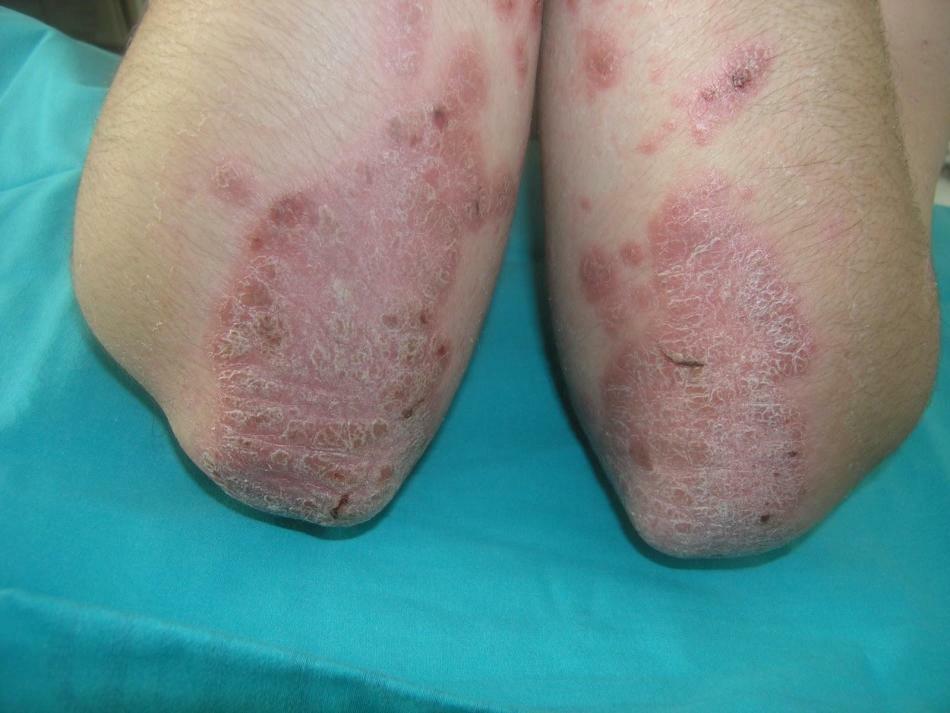
helminthsHarshness and redness of the skin can be one of a number of symptoms of infection with worms
• Ichthyosis
Genetic congenital disease, the signs of which are mostly visible to the naked eye: excessively dry skin visually resembling fish scales
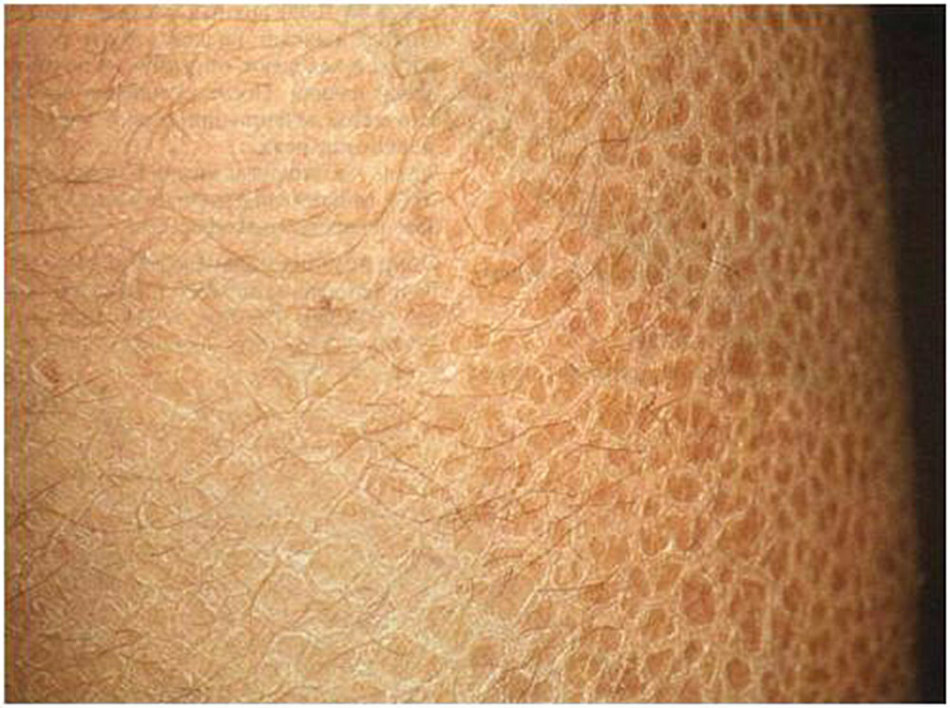
• Scarlet fever
An infectious disease caused by streptococcus. The patient has a high temperature of 39 ° C and an itchy rash all over his body. After a few days, you can notice profuse peeling, in particular, the skin on the palms
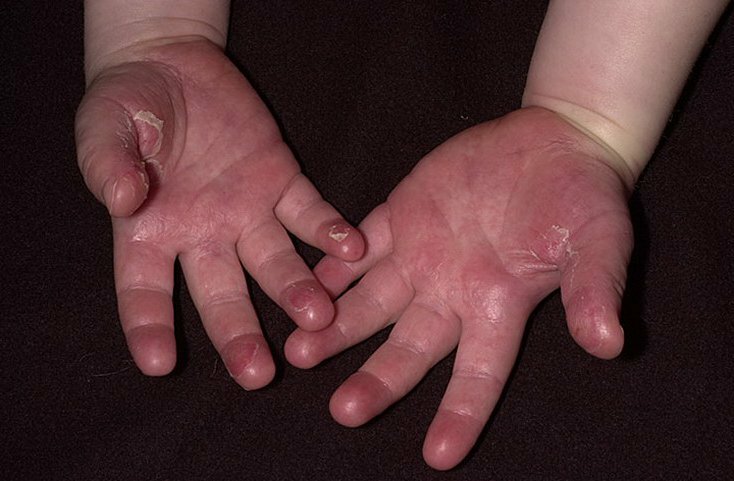
Parasitic disease caused by the itch mite. There is a very strong itch, which is worse in the evening and at night, the presence of itch movements, which appear in the form of red nodules. Symptoms of an ailment can be found on the buttocks, abdomen, arms, etc. May fall on the fingertips
IMPORTANT: In case of a serious illness, skin peeling is not the only symptom, so it is difficult to miss it.
Baby skin - rough skin, skin rashes in children
In the absence of other symptoms, excessively dry skin and peeling in the child may indicate:
- lack of vitamins
- adverse climatic conditions
- allergic dermatitis
- If you began to see that the baby's skin becomes dry andrough in winter or early spring, most likely, the body signals a lack of vitamins A, E. To make up for the deficiency of nutrients, add to the diet of the baby foods richthese vitamins
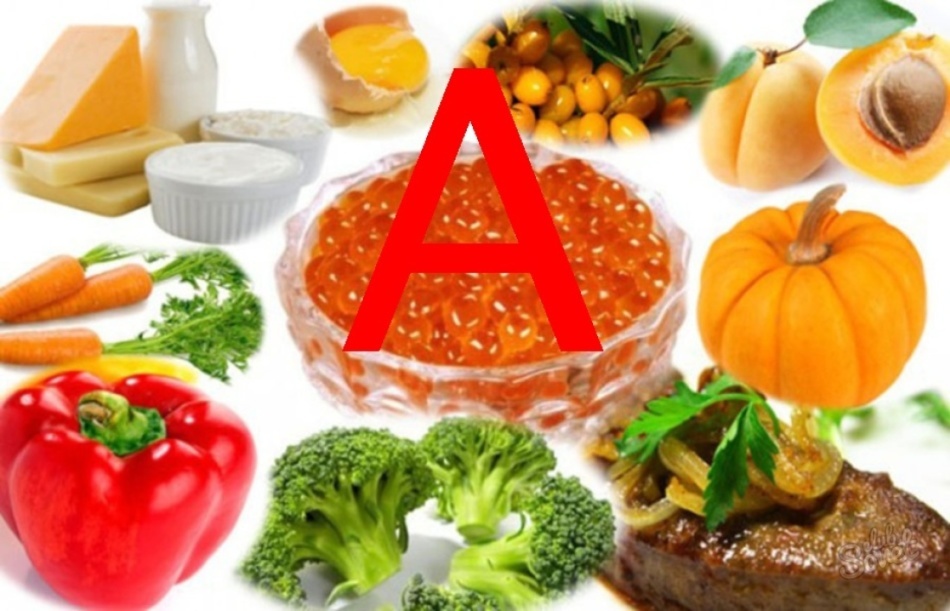
Foods containing vitamins A:
- liver
- caviar
- fish oil
- eggs
- carrots
- apricots, peaches
- plum
- pumpkin
- red pepper
- potatoes
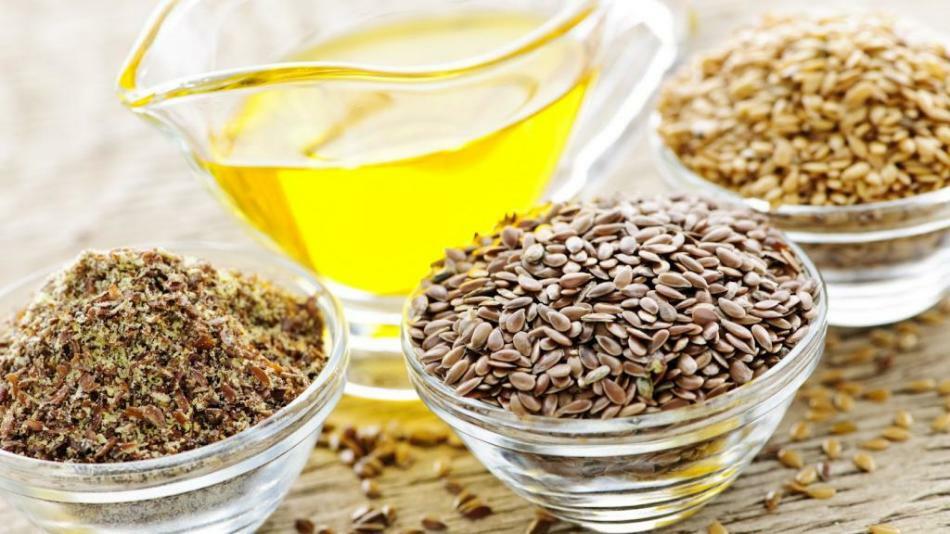
foods containing vitamin E:
- whole grains
- nuts
- seeds
- spinach
- broccoli
- olive, linseed oil
IMPORTANT: These vitamins are absorbed only when the intake of fat in the body is sufficient. Therefore, ensure that the child uses the necessary amount of oil.
- Very often the cause of peeling of the skin can be very dry air and insufficient moisture. This is typical for the period when heaters work in homes. If the baby's skin becomes dry and falls during this period, you should take care of creating a favorable microclimate: to ventilate the room, use an air humidifier or hang wet towels / sheets in the child's room to increase humidity.
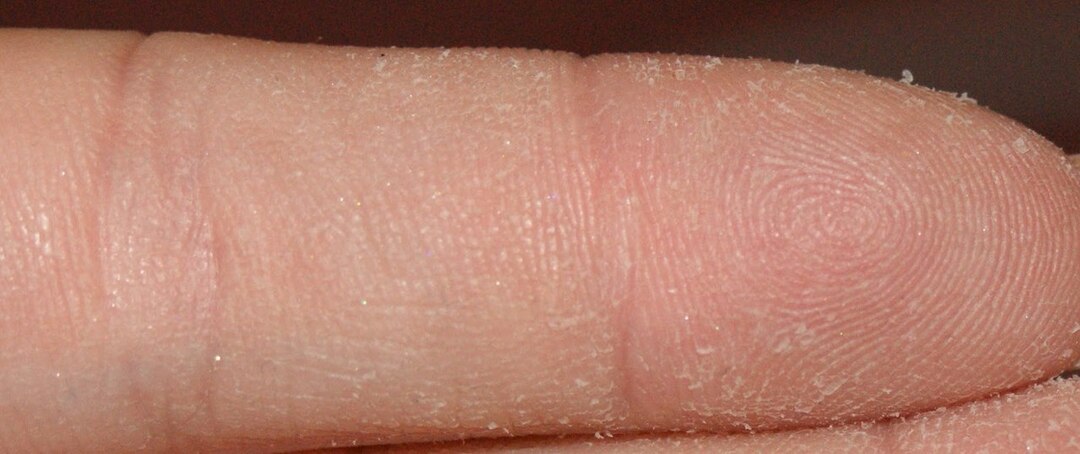
- In addition, an external factor that can cause peelingskin is the effect of cold and wind. In this case, the hands or face usually suffer. To solve the problem, you should use a special baby cream before going for a walk, and also wear warm mittens to the baby.
- Skin flaking is often a symptom of allergy. It can be both a food allergy, and a reaction to household cosmetics, medicines, etc. At the same time, signs such as a rash, redness, roughness
are covered with rusty spots on the body of a child.
- The appearance of rough skin areas is quite common among the children of the firstthree years of life. If you find rough spots with a small reddish rash on the baby's body, you are most likely dealing with atopic dermatitis
- . In the morning, the field of sleep of a rash can be invisible and only by touch can you find dry rough skin. Perhaps the appearance of spots on different parts of the body, often on cheeks, pens or legs. During exacerbations, particularly in winter, the spots become irritated, red and prominent
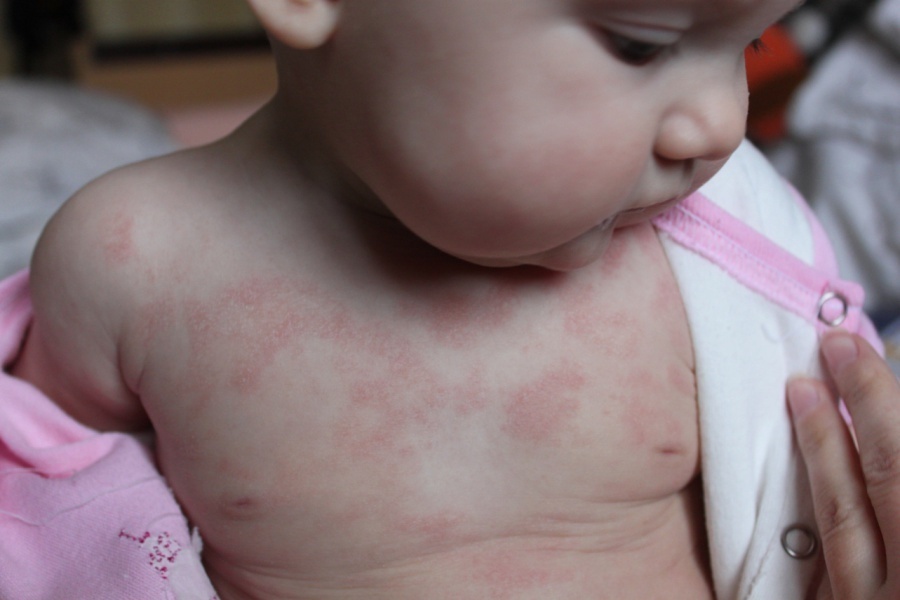
- The cause of atopic dermatitis can be a hereditary immune system that reacts to allergens in food and the environment, as well as a genetic predisposition to dryness of the skin.
- Atopic skin needs special care and moisturizing. In addition, an important role is played by the need to eliminate the allergen, diet and careful selection of cosmetics, clothing and everything that contacts the skin of the child
More information about atopic dermatitis can be found in the article Diet in atopic dermatitis in a child. Modern and folk treatment of atopic dermatitis in children
Dry or dry skin can also be a result of dry air, chlorinated water, abuse of decoctions of herbs during bathing, lack of moisture in the body, etc.
The child's body - white spots, red spots, skin rashes
Possible diseases, the symptoms of which are white spots:
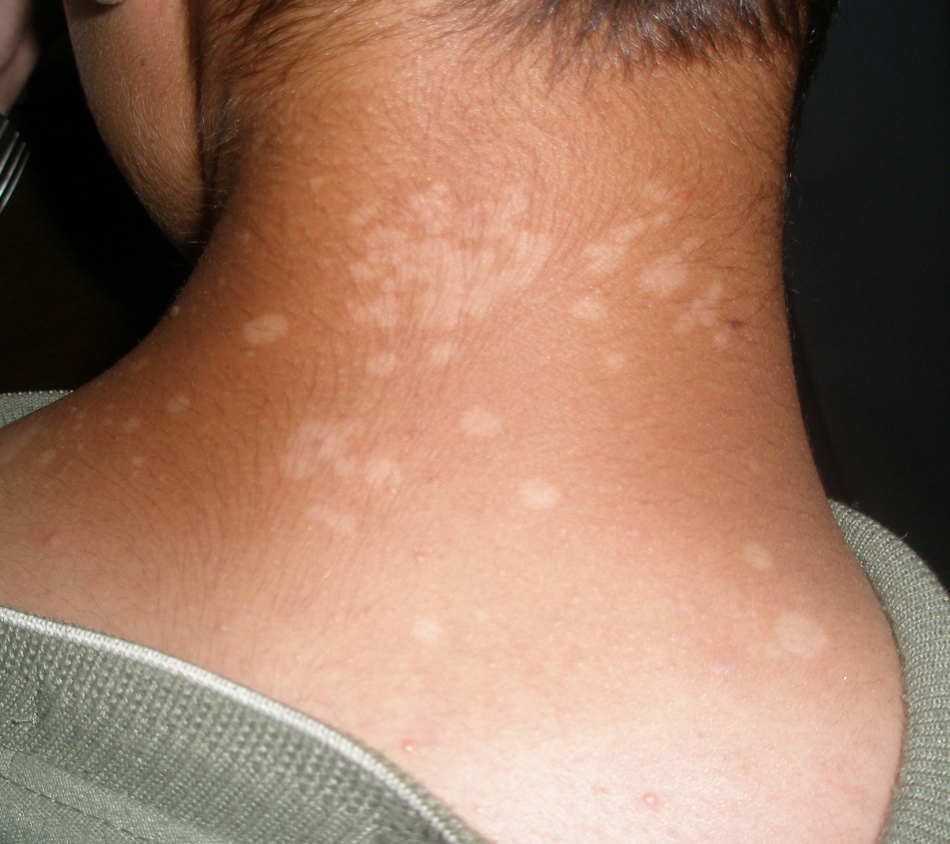
- Odruity lichen
Fungal disease of the epidermis. At the first stages it appears as flaky spots of pinkish color, and when exposed to sunlight, the spots become more noticeable and become white. Usually the place of localization is the neck, chest, shoulders, back.
Among the causes of such non-esthetic spots:
- increased sweating
- hormonal alteration( typical of adolescents)
- non-compliance with hygiene rules
No danger of this disease. The main thing is to turn in time to the dermatologist, who will prescribe the appropriate antifungal ointment.
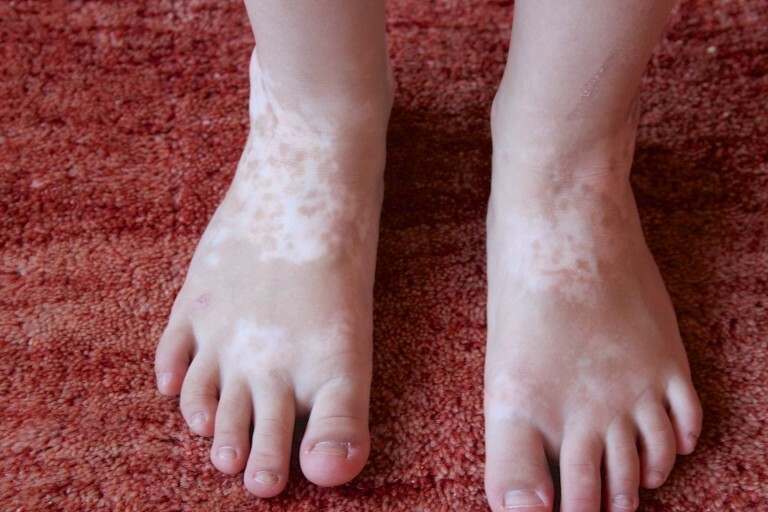
- Vitiligo
Represents a disease associated with impaired skin pigmentation, resulting in clear white heels that can peel off. Most often, this ailment is hereditary. In addition, the disease can develop after the infection, due to disorders in the nervous, endocrine system, with autoimmune diseases
Red spots appear on the body much more often and in most cases are not symptoms of serious diseases. However, the causes of redness can be:
- allergy
- stress
- insect bites
- infectious diseases( measles, chickenpox, scarlet fever, rubella)
Redness usually does not occur by itself without other symptoms. Except for cases when it is a question of temporary redness in the child's crying, overheating, nervous experiences. In other cases, red spots are accompanied by additional symptoms. Most often, it is a rash, itching, flaking, depending on the combination of which you can suspect the presence of a particular disease.
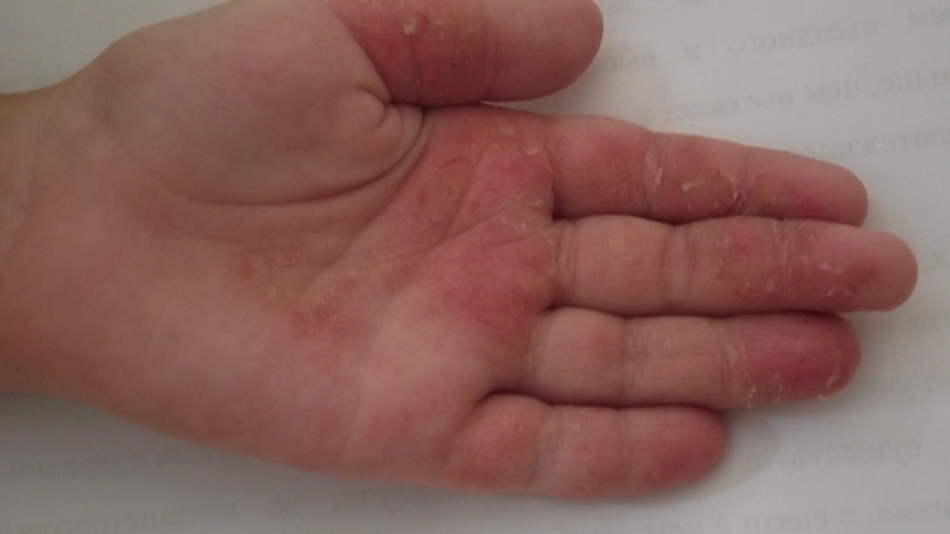
- Rashes in children , especially at an early age - a frequent occurrence. For young children, redness in combination with a rash may indicate the presence of sweats, diaper rash or allergy
- For sweating and diaper rash, moist red spots in the folds of the skin that result from excessive overheating of the child, non-hygiene
- are characteristic. If there is redness + rash + peeling, In the overwhelming majority - these are the symptoms of an allergy, which the child can and grow.
In older children( after a year), the rashes on the body can be the result of infectious diseases, each of which has its own symptomatology and requires timely diagnosis by the treating physician
. The baby's legs - the child has a skin on his leg, what to do?
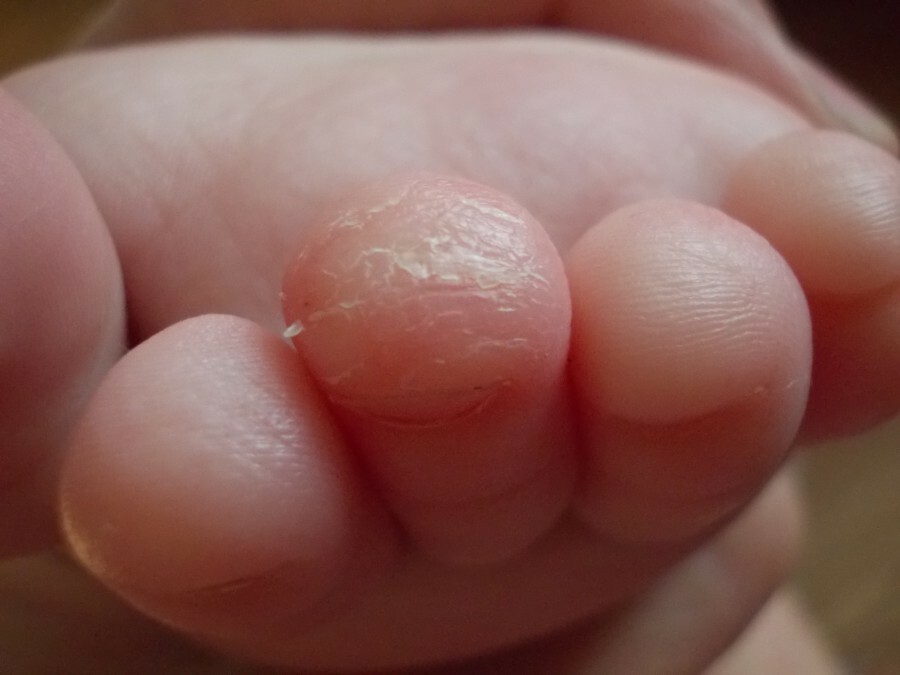
If you notice that the skin on the toes of the child or between them is peeling and obliterating, the likely causes may be:
- fungus
- allergy
- vitamin deficiency
- substandard shoes
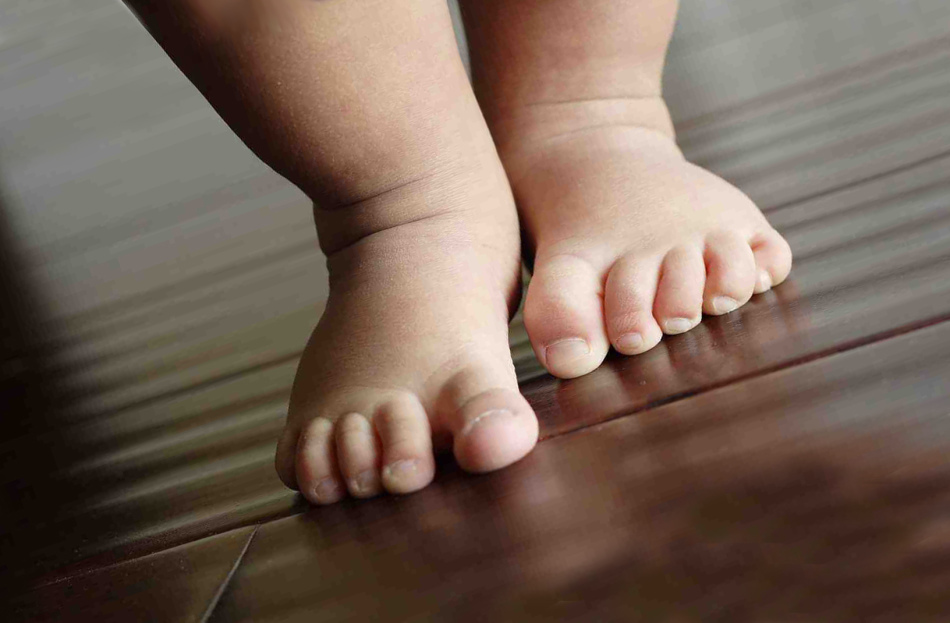
For initial diagnosis, you can take the following actions:
- , note the presence of other symptoms: dryness on other parts of the body, the presence of pruritus, etc.
- check if the leg of the child does not stand in the shoe
- ensure proper hydration of the skin
- adjust the food ration
If the peeling does not cause the child discomfort and other symptoms, indicating a possible disease is absent, then compliance with the above recommendations will help restore the integrity of the skin.
If the problem can not be solved, you need to contact the pediatrician to find out the reason.
The skin on the fingers of a child will be seen - drugs, medicine
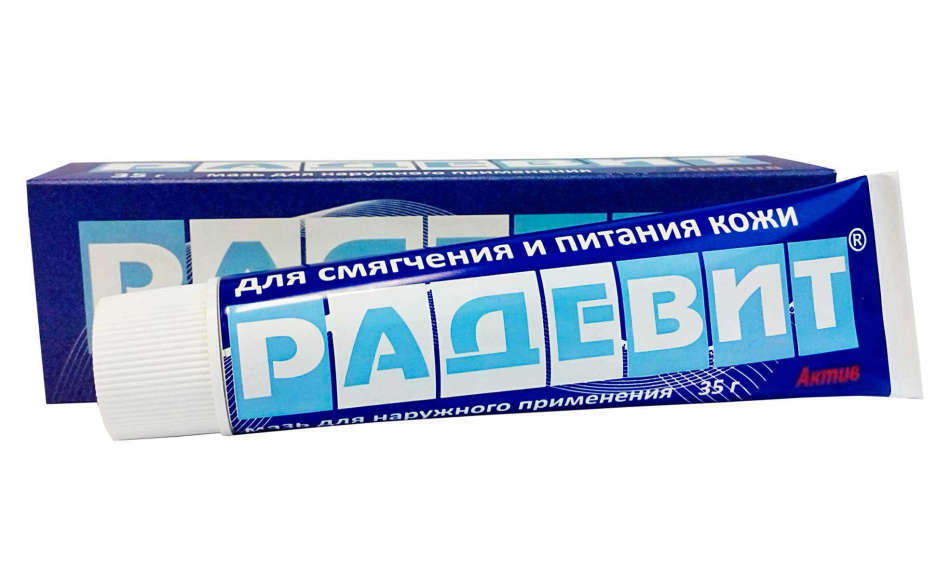
If the child is a dry, flaky skin, attention should be paid to her leaving. An important principle should be moisturizing and nourishing dry areas of the skin, as well as complex treatment of the body from the inside.
Among the medicines for topical treatment, ointments are used:
- Radevit
- Bepentene
- Diaderm
Apply ointment 2-3 times a day to dry areas of the skin.
IMPORTANT: Do not use hormonal ointments to treat flaky skin in the absence of an appropriate doctor's prescription.
- For the treatment of atopic dermatitis, various emollients are used( a la Rosh pose lipicar, aven tricter, topicram, stelatopia mustard, bioderm atoderm, etc.)
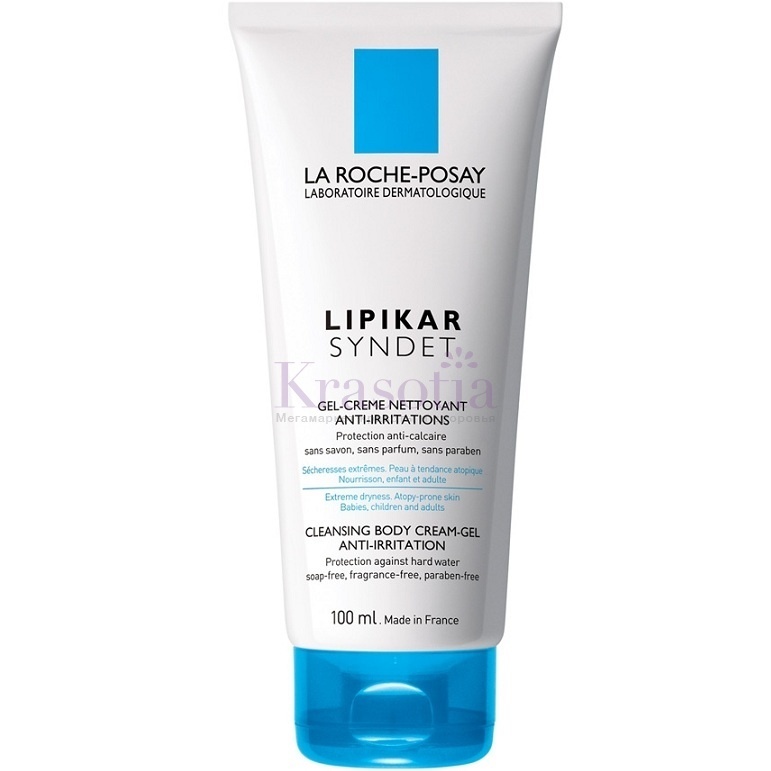
- For diagnosing the allergic nature of skin peeling, antihistamines( fenistil, suprastin, zirtek)
- skin is prescribed vitamin complexes( Aevit, Multitabs)
IMPORTANT: Before using medicines, it is necessary to put the correct diagnosis. In particular, if you have other symptoms, in addition to peeling and dry skin, you should always contact the pediatrician, who in turn, after examination and the results of the tests, will refer the child to a dermatologist, allergist or other specialist for appropriate treatment.
From the inside, the body should be enriched with food containing omega-3 fatty acids( fatty fish), vitamins A and E, and an additional liquid.
Scaly legs, toes, hands - advice and feedback
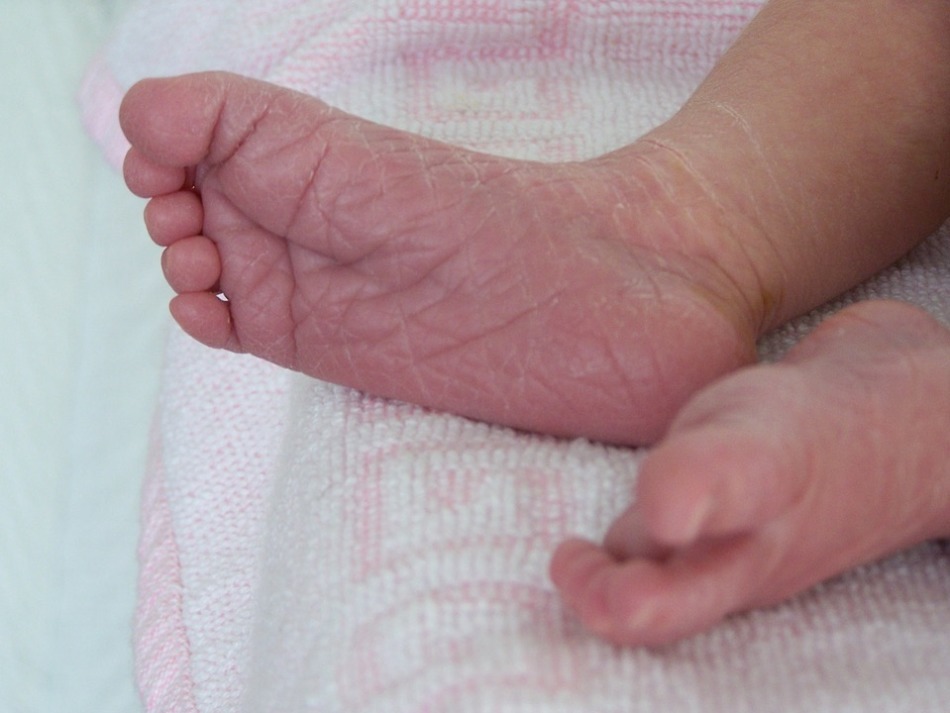
- Find out the reason and, if necessary, take the course of treatment
- Do not bathe the child in hot water
- Avoid frequent water procedures( chlorinated water dries the skin)
- Do not use soap, even children's soap. For dry peeling skin, there are special moisturizers for bathing
- Maintain adequate humidity in the room( 40-60%)
- Keep the child away from wool, synthetic fibers and other unnatural tissues.
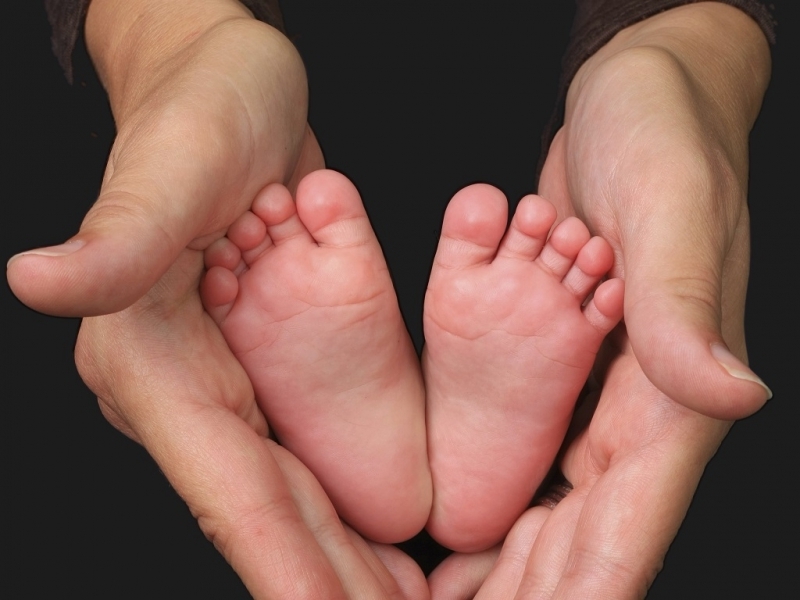
- . Double brush the clothes and bedding of the baby
- Moisturize the skin with hypoallergenic creams orlotions( based on coconut oil, sea buckthorn, jojoba oil, etc.)
- Watch for a variety of baby nutrition
- Offer your child more fluids
Do not scareI have the fact that the skin can peel off and climb. Epithelial cells are updated every day. In the absence of other symptoms, this does not signal serious problems, but only requires correction of nutrition and additional care.
